It is good to know how to clean fruits and vegetables before cooking them in order to turn them into delicious and at the same time safe dishes.
Lettuce cannot be washed well simply under running water. It is best to split it into separate leaves, to plunge into a deep bowl with water (preferably with a little baking soda or vinegar in it).

After waiting for about two or three minutes, remove them one by one and wash them under running tap water. At the bottom of the container you will find a handful of soil, and the water might contain swimming insects and small worms.
Radishes should first be cleaned of their roots and leaves, and then thoroughly washed under running water, while rubbing them vigorously with a brush or your hands. Thus are removed the pieces of soil stuck to them.
Spinach, nettle and also dock must be cleaned from their roots and torn into separate leaves. They are washed in the same manner as the leaves of the lettuce.
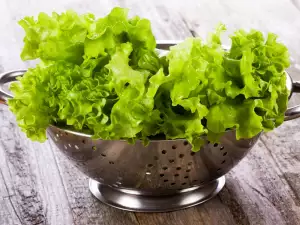
When cleaning nettle, it is best to put on gloves if you do not wish to get the characteristic rash. Chives and garlic are first cleaned of wilted leaves and roots, then washed well.
Garlic heads are split into cloves. They are cleared of the skins, the yellow spots are scraped off and the cloves are washed with water.
Do not neglect garlic just because of the smell, as it is very healthy. Chew two grains of coffee and your mouth will be free of its smell.
To clean onion heads, use a few tricks. Place the heads for a few minutes in the freezer if you want to avoid having tears. Alternatively, after each cut with a knife, rinse the blade with ice water.
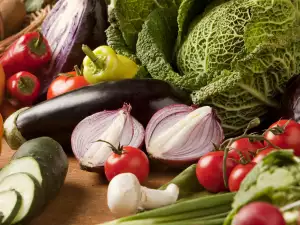
When cleaning eggplants, first remove the stem and lower rigid part. Then wash the vegetables well, cut them into pieces of the desired thickness, and sprinkle with salt. After an hour, squeeze out the juice, which contains the harmful substance solanine.
When using sterilized fruits and vegetables in jars, be sure to wash the jars, usually because their surface is very dirty.
When cooking sterilized peas, tomatoes, mushrooms, etc., do not throw away the juice. It contains valuable substances and may be used for the preparation of soups, dishes and sauces.
Frozen vegetables must not be thawed but thrown into boiling water or a hot dish. Frozen fruits are thawed carefully in order not to drain out all their juice.
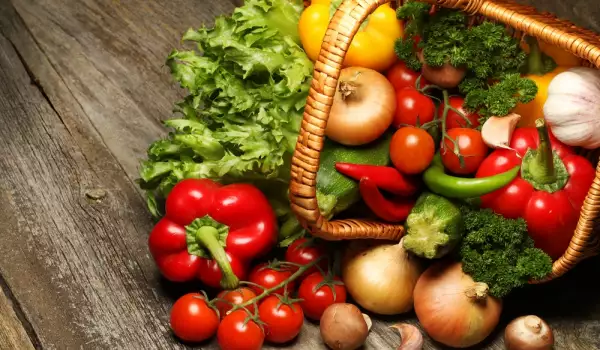
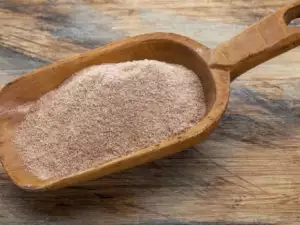
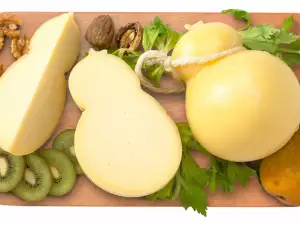
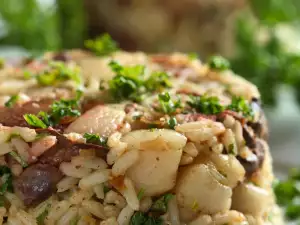
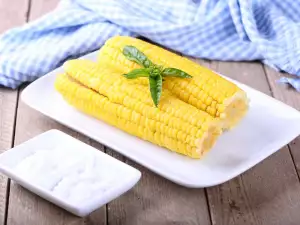


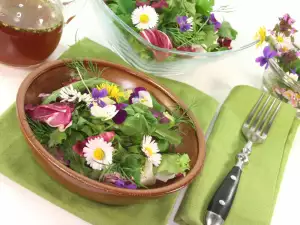



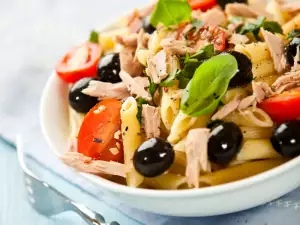
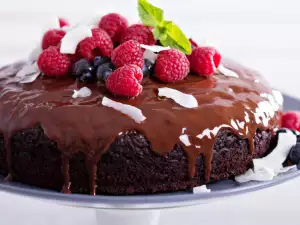
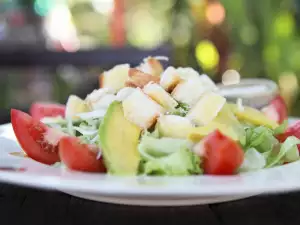
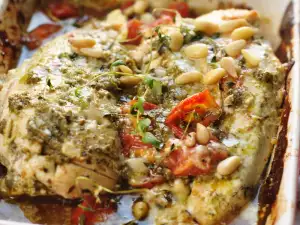





Comments